Some ecologists value parasites — and now want a plan to save them
Parasites can be important to ecosystems, but climate change is imperiling some of them
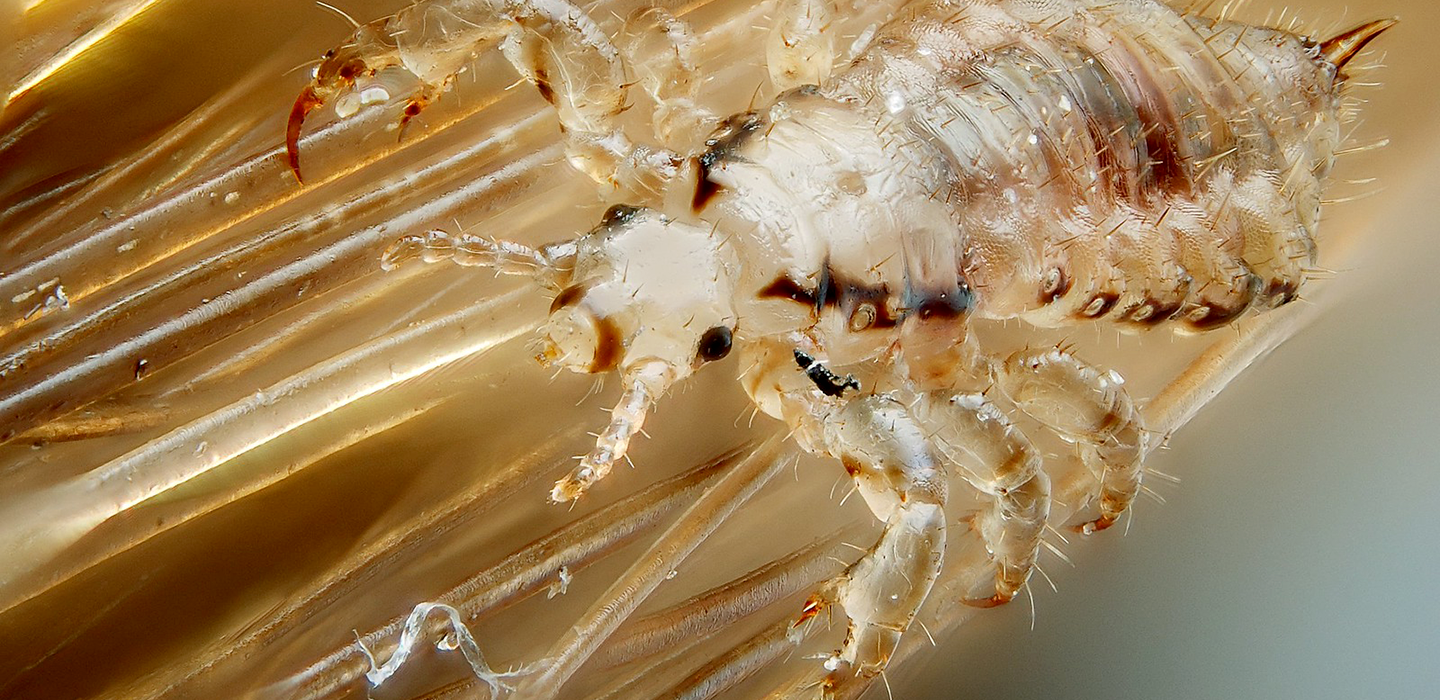
The human head louse shown here is an ectoparasite, which means it lives on the outside of its host.
Gilles San Martin/Flickr(CC BY-SA 2.0)
Chelsea Wood always wanted to be a marine biologist. As a child growing up on New York’s Long Island, she envisioned traveling the world, studying big animals that live in the ocean. “There was just never any question in my mind,” she says.
Then, during college, she worked in a lab that focused on parasitic worms. At first, she thought they were disgusting. Most people associate parasites with infection and disease. “I thought they were gross and slimy,” she says. “Why would anyone ever want to work on them?” But she also saw parasites as a step toward studying bigger things — ones that weren’t as gross or slimy. She never imagined that parasites would take over her life.
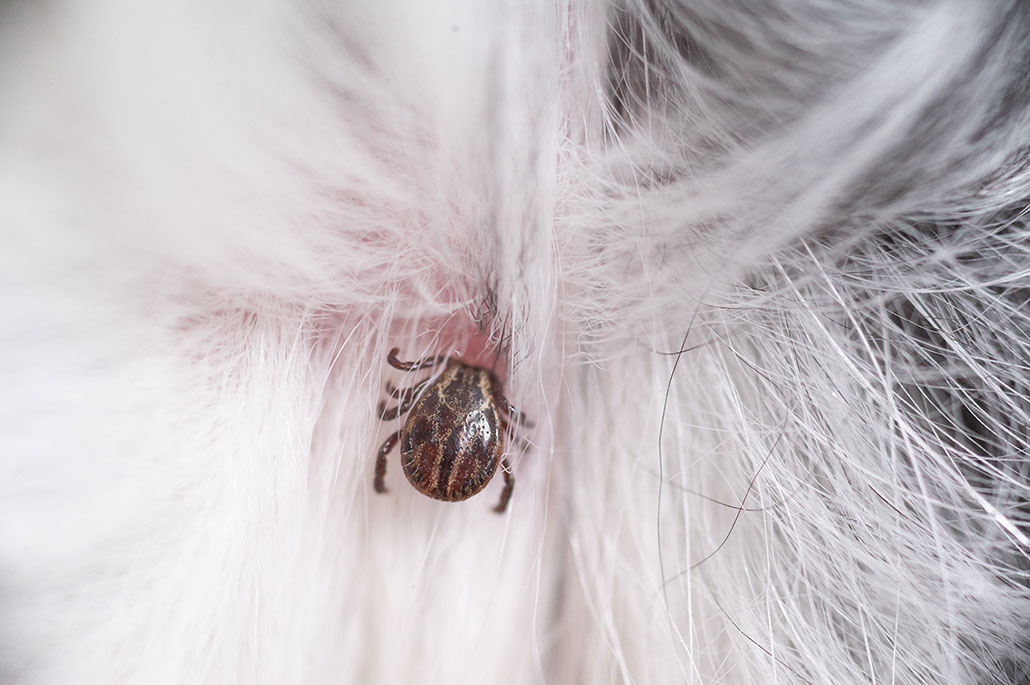
These organisms live and feed on other creatures, known as hosts. Parasites are usually small — and if they live in water, it’s because their hosts do, too. Some parasites are invisible to the eye and so small they can infect cells. Others, such as ticks or leeches, are easy to spot. Some parasitic worms can reach tens of meters in length. They may gorge on the blood of their hosts. Some tiny ones even live in the bloodstream of larger parasites, which in turn may live on even bigger creatures. One example is the bacterium that causes Lyme disease. It’s a parasite that infects ticks, which are also parasites.
After Wood finished one project, she would jump into another — always focusing on parasites. Under a microscope, she saw complicated shapes and strange organs. And when she studied their behavior and roles in nature, she saw that they could be harmful to an individual organism — but beneficial to the ecosystems in which they live. Realizing this, she says “something changed” in the way she viewed them. She became hooked.
“Parasites just wormed their way into my heart,” she says. “I just fell head over heels in love with these icky, slimy, flaccid worms. And that was not part of my plan.”
She’s now an ecologist at the University of Washington in Seattle who specializes in parasites. And she’s on a campaign to save them.
Edge of extinction
Parasites make up four in every 10 species on the planet. Still, Wood notes, they’re rarely mentioned in discussions about threatened life. Even so, they’re imperiled. One 2017 study in Science estimated that due to climate change, up to one-third of all parasite species could be extinct by 2070. Right now, only a few are on the “red list,” which names species on the edge of extinction.
“That is definitely an undercount of the total number of endangered parasites,” says zoologist Anna Phillips. She curates the parasitic-worm collection at the Smithsonian’s National Museum of Natural History in Washington, D.C. Part of the problem, she notes, is that the roles of parasites in nature have long gone understudied and unappreciated.
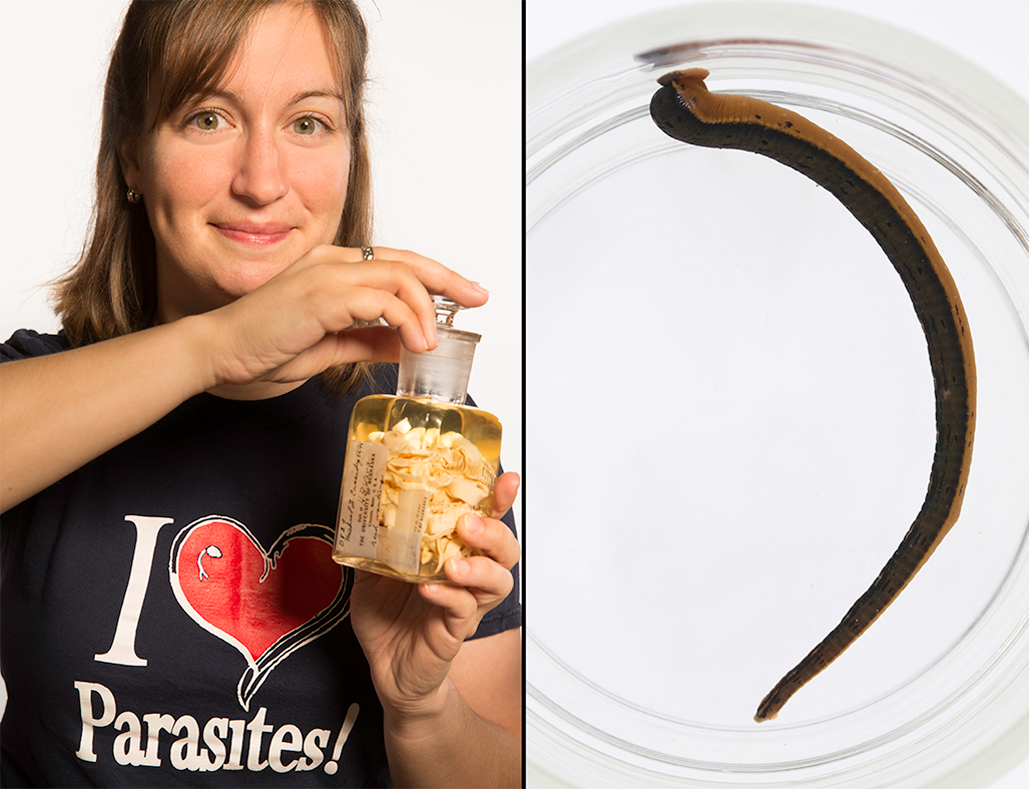
She and Wood are among a group of researchers who worry about the fate of parasites. Climate change is driving many animals to relocate or migrate. As they leave, they’ll take their parasites with them. Scientists don’t know how parasites will fare in a new environment or how the new environment will respond to them. And if a host animal becomes extinct, its parasites face an uncertain future.
“As hosts go extinct completely or are driven towards extinction, certain kinds of parasites are more likely to be lost than others,” say Maxwell Farrell. He’s an ecologist in Ontario, Canada, at the University of Toronto. There, he studies interactions between parasites and their hosts. He has investigated whether it’s better for parasites to infect just one type of host or to evolve to affect multiple types. The answer is complex, he says. But it could help scientists better predict how parasites will respond as the planet warms.
“As hosts shift their habitat in response to climate change, parasites might come in contact with different hosts for the first time,” he says. Farrell is also looking to the past to learn how host extinctions have reshaped parasite populations. If scientists can understand what happened before, they can better predict how the future may play out.
“We don’t understand all of the connections that parasites make in ecosystems,” Phillips says. “They add an extra layer of complexity.”
In August 2020, a group of scientists published a 12-step guide to conserving parasites. The plan begins with a call for more studies to identify species and where they live — a sort of parasite directory. (The plan intentionally excludes parasites that threaten human health.) Once they have that list, scientists hope to be able to identify which parasites face the greatest risks. Then they can develop strategies to protect them.
For now, scientists face a challenge. “Most people don’t like parasites or want them to be conserved,” says Wood. “So the most important thing to me is that minds need to change. The challenge is to make that shift.”
The big parasite picture
Parasites usually get a bad rap. That’s understandable. Many are harmful. Viruses are parasites that spread diseases and can only reproduce by invading living cells. A worm called Naegleria fowleri (Nay-GLEH-ree-uh FOWL-ur-ee) is a brain-eating parasite that lives in fresh water. It normally infects people through the nose. Toxoplasma gondii (Tox-oh-PLAS-muh GON-dee-eye) is a parasitic worm that can spread through cat feces. It can form cysts almost anywhere in an invaded body — including the brain — but doesn’t often cause symptoms. (It can cause complications in pregnancy, however, which is why pregnant people shouldn’t scoop the cat box.)
“When we hear about a parasite infection, we think about how awful it would be to have that parasite inside of you,” Wood says. “And that’s fair, right? Because parasites, by definition, harm their hosts.”
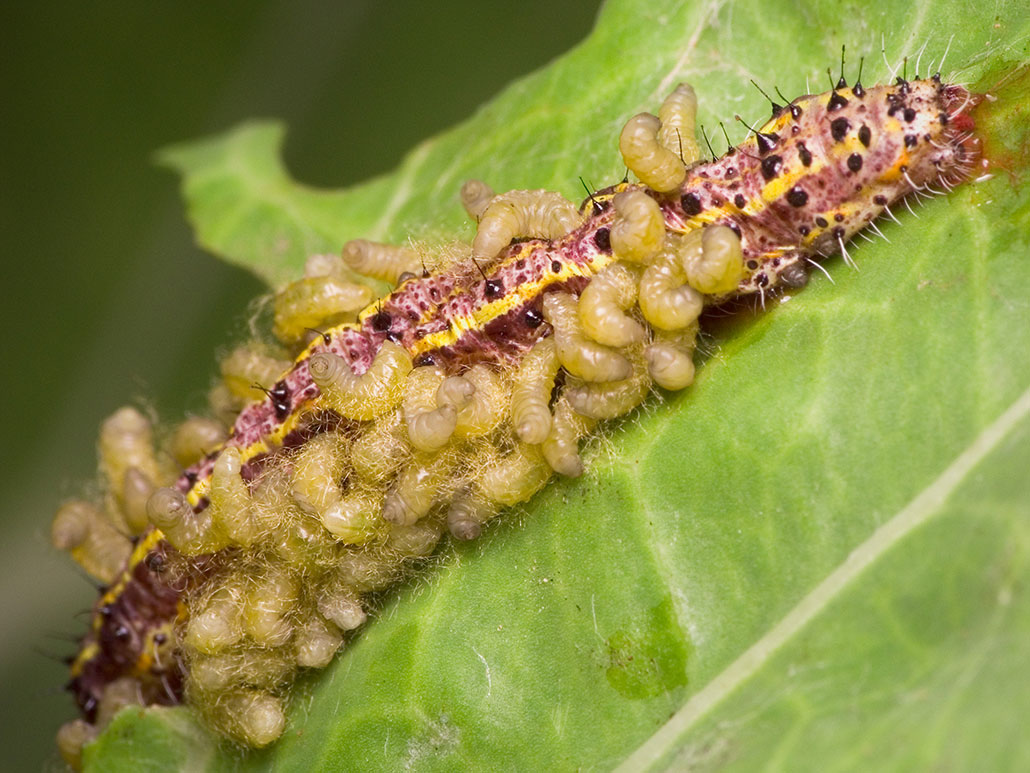
But zoom out a little, she says, and it becomes clear that these creatures play important, larger roles for the environment. They’re not just nasty little worms that invade brains and cause disease. They include a lot of organisms, known and unknown. Some may help shape the food web and move nutrients through an ecosystem. They may control the populations of some wildlife species. Parasites may even help prevent some disease outbreaks.
Together, they represent a diverse collection of living things. They include fungi, bacteria, viruses, single-celled organisms and animals. Most do not harm people or cause disease. Take a leech bite, for example. It draws blood but doesn’t usually cause further problems.
Some parasites might even be beneficial. Recent studies by Wood and other scientists have shown that parasites are more complex — and important — than they might at first seem.
Consider Euhaplorchis californiensis (You-hap-LOHR-kiss KAL-ih-for-nee-EN-sis). This tiny flatworm infects the brain of the California killifish, a small species that lives near the coast. The parasite forms cysts in the fish’s brain. An infected fish may host thousands of these cysts.
But here’s the catch: The parasite’s ultimate home is a bird’s gut. “That’s the objective of the parasite,” Wood says. So what’s a worm to do? It could just wait until a bird swoops down and snatches an infected fish from near the surface, and then spread from prey to predator. Or it might speed things up a bit.
Killifish often seem shy, hiding beneath rocks on the sea floor. But when they have a parasitic brain infection, they sometimes head to the surface. “They flash their shiny side and make a huge spectacle of themselves,” Wood says. “They look ridiculous.” As a result, birds are more likely to see them, dive in and gobble them up.
From the fish’s point of view, the infection is dangerous. But Wood looks at the larger picture. By changing the fish’s behavior, the parasite makes more food available to the birds. “It is actually pushing biomass up the food web, into the beaks of birds,” she says. In other words, it’s playing an important role. “This parasite is really industrious,” Wood concludes.
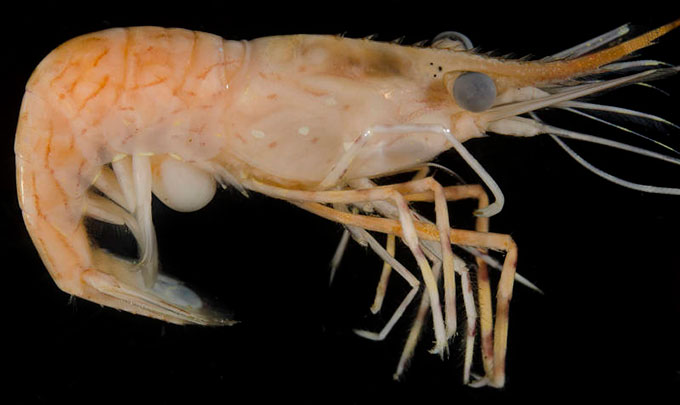
That’s an example of how one parasite shapes the food chain. And this type of thing is not unusual. “This is a super common strategy across all parasites all around the world,” Wood says.
Lions, wolves, orcas and other apex predators sit at the top of the food chain. Their domination is due, in part, to parasites. What would happen without parasites?
With less food shuttled up the food web to larger animals, Wood says, “we’d probably have fewer apex predators.” And that could lead to an overabundance of their prey. For instance, where wolves disappear, elk populations can grow to overwhelm their ecosystem. Too many deer can overgraze certain plants, reducing the biodiversity of forested areas — and the other animals that depend on now-missing plants. Parasite ecologists are now examining whether parasites might play a similar role in ecosystems.
Put a name on it
Like Wood, Phillips never set out to be a parasite expert. She grew up in North Carolina and loved visiting museums. During college, she participated in a leech-research project. Leeches are drawn to movement. Many leech species are parasites that dine on the blood of any animal they can find, including fish, frogs and people. (About a quarter of all leeches are not parasites.)
To study leeches, Phillips had to go to where leeches live. Her group headed to Louisiana, scouring the edge of swamps for the blood-sucking parasites. They had to avoid other creatures, too, she says — “alligators, snakes, mosquitoes.”
Their goal was to identify which leech species lived where. These kinds of data can help scientists track if and how communities — including parasites — may change over time. They wanted leeches uncontaminated with human blood. The trick, says Phillips, was to scoop up a leech before it could bite you.
Over time, Phillips’s perspective changed. “Leeches are freshwater invertebrates,” she says. Many were bloodsucking parasites, too. And until then, she notes, “There was this whole other side of [their] biology I didn’t know about — these interactions between parasites and their hosts.” Parasites, she came to see, probably play an important role in their ecosystems. And some can be animals whose ecosystem is largely the inside of other animals.
As she realized the complicated role parasites play in nature, “I ended up changing my career trajectory,” she says.
The Smithsonian’s parasite collection includes about 20 million specimens. Phillips says her work there still involves leech biodiversity. Her favorite objects of study, however, have become the bigger group of wormlike parasites known as helminths.
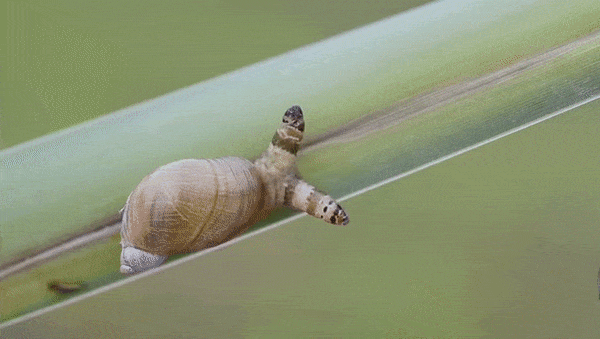
Both she and Wood say one reason people don’t understand parasites is that they don’t often hear about them. “You’re not going to learn about parasites in most biology classes,” Wood says.
An important step in protecting them, she argues, is to change how people view them. One way to do that is to include parasites in future plans aimed at conserving their hosts. “Because their fate is so intertwined with the fate of the host,” Wood explains, “doing host conservation should also accomplish parasite conservation.”
That’s not what happens now. A few years ago, for example, ecologists recognized that North America’s black-footed ferrets were almost extinct. Scientists launched a program to breed ferrets in captivity. They released those new generations into the wild. The ferret populations are now recovering.
Before that program, black-footed ferrets hosted a type of louse found nowhere else. In captivity, the protected ferrets were cleaned of ectoparasites — ones that live outside their hosts (such as lice and ticks). Wild ferrets still host other lice, but not the type that was unique to them. That louse is now thought to be extinct. And scientists don’t know how its loss might affect the ferret or its environment. The new plan recommends that any conservation efforts — such as captive-breeding programs — first identify parasites that might be at risk, too.
Ecologists also hope people will come to see that parasites are important. Such a shift in public opinion has happened before. Just a few decades ago, Wood says, people detested predators such as bears and wolves. “They were seen as dangerous. And they were inconvenient.”
But as scientists reported on the value of these animals to ecosystems, public attitudes changed. Some people still hate these animals — including farmers who want to protect their livestock — but not everyone. Nature documentaries show these big animals in a new light. “That made people see them as magnificent and not scary,” Wood says. “I think parasites are in the same spot.”
She also wants to see a wider reach for parasite research. Many studies have focused on parasites that infect people, livestock and companion animals — mainly in the interest of protecting human health. But she hopes researchers will identify more types of parasites and their roles in ecosystems, including the food web.
Parasites may not seem as appealing as lions or wolves, but Phillips believes that in their own way they, too, are diverse, strange and beautiful.







